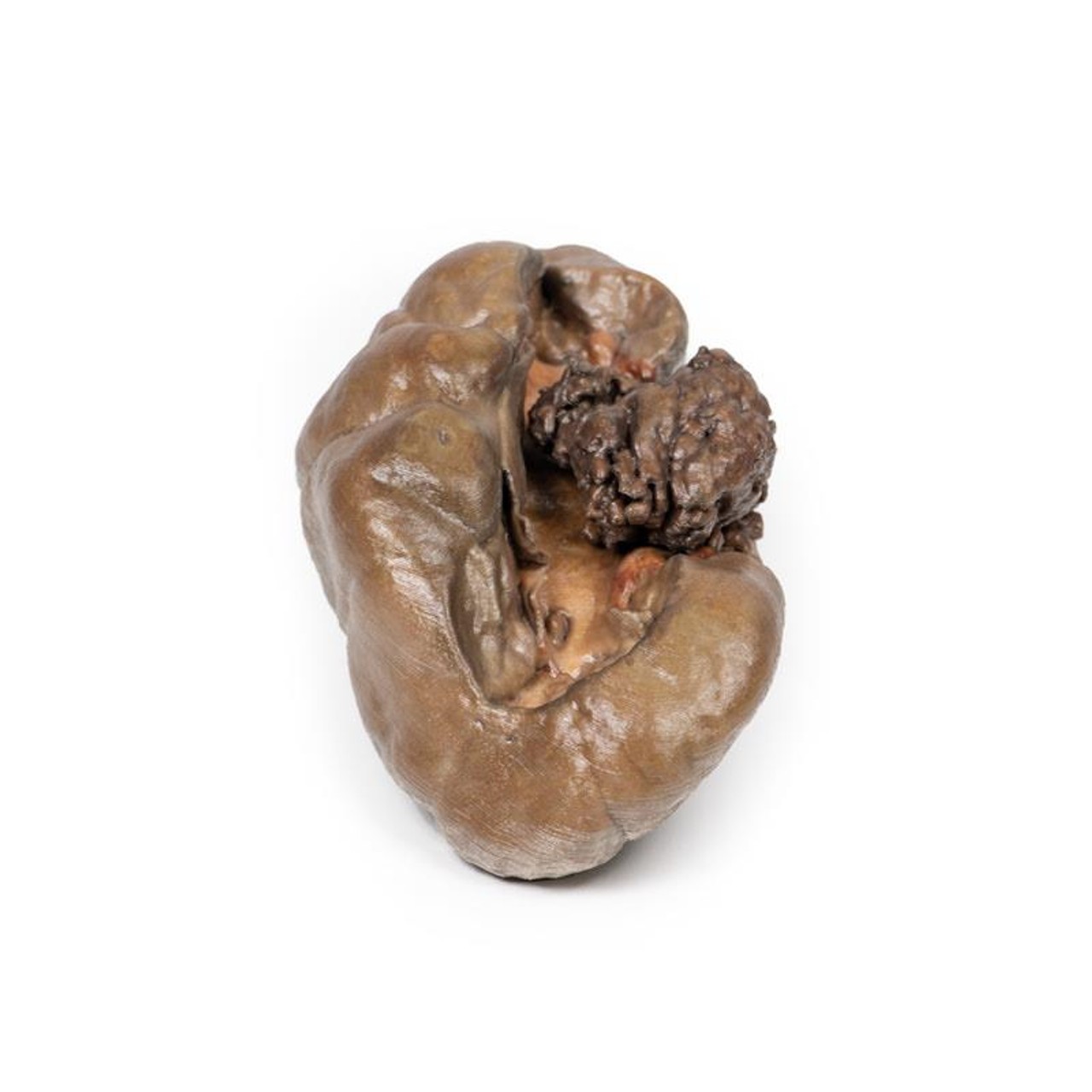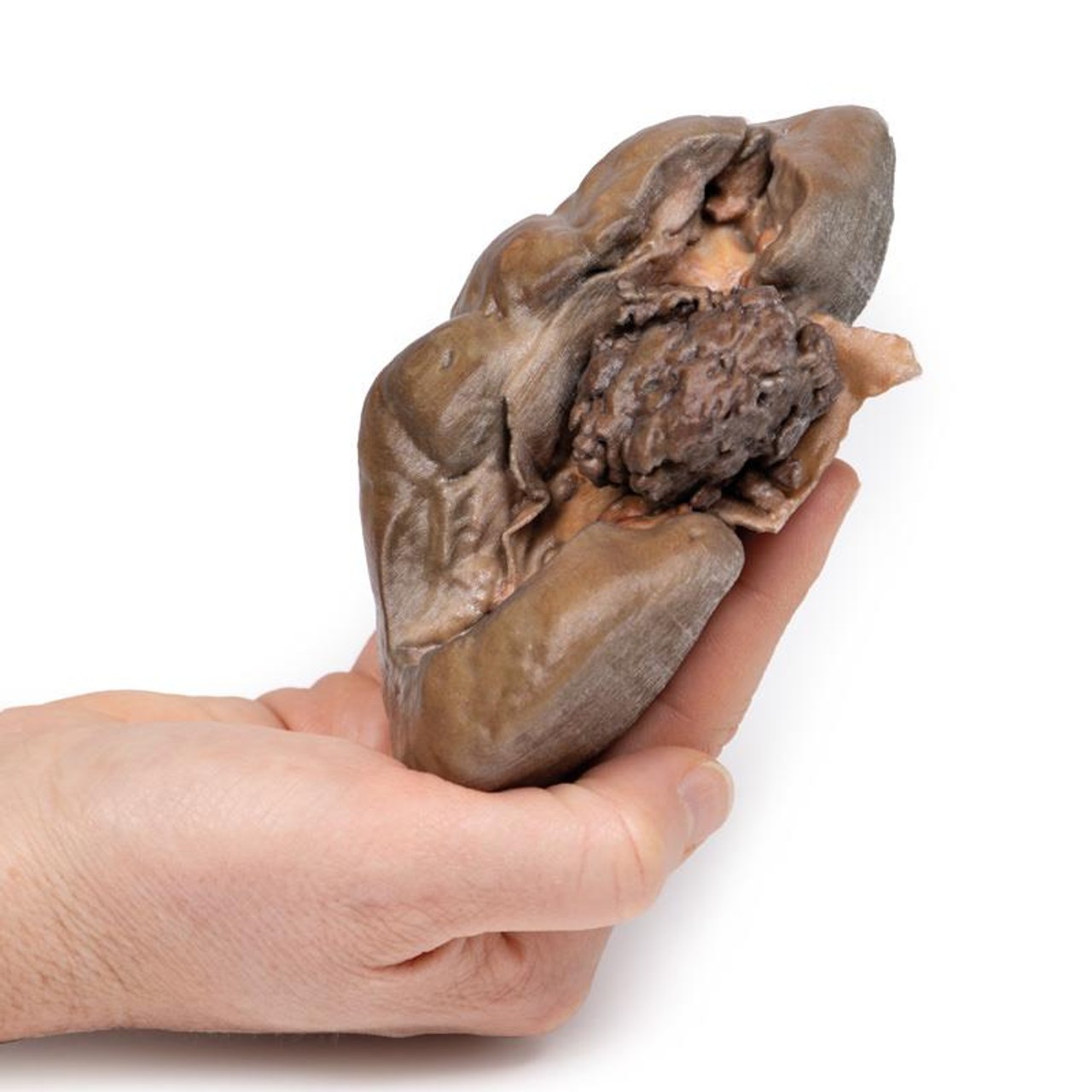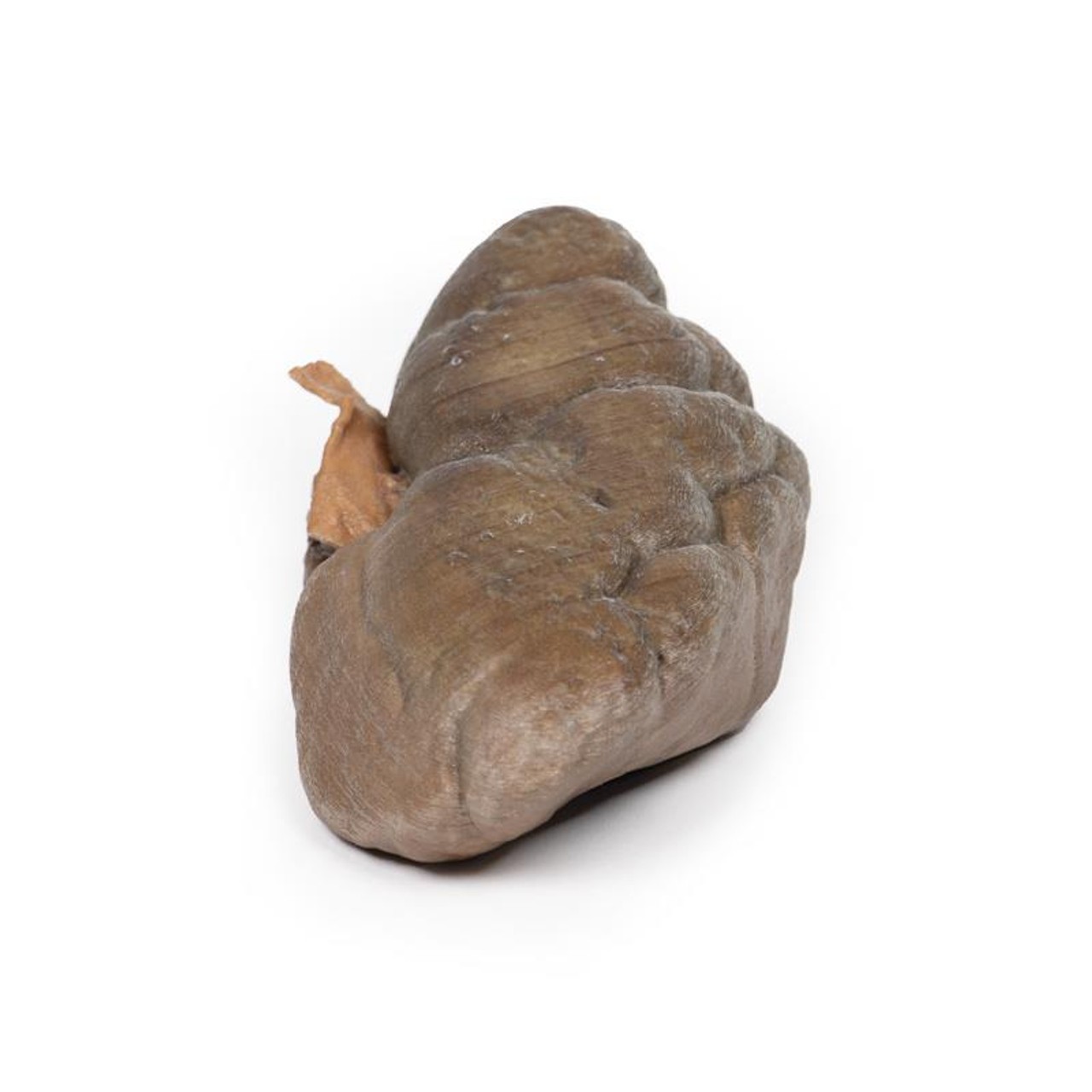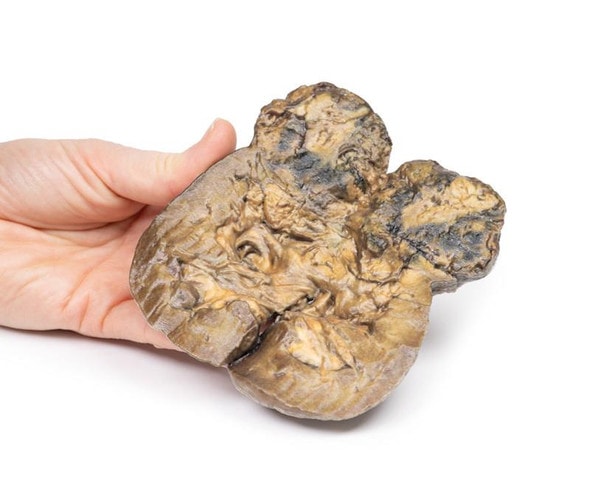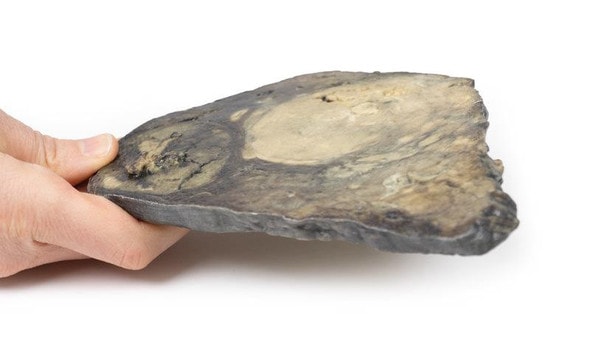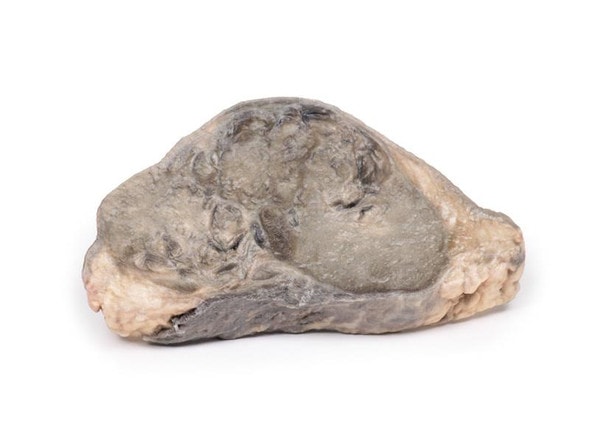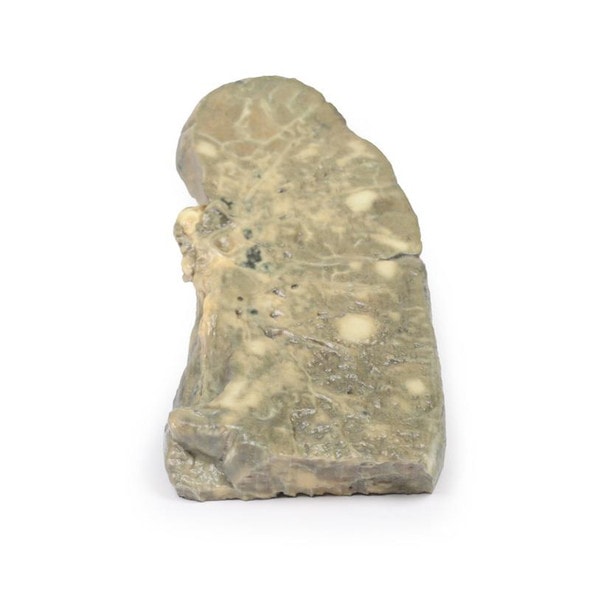- Home
- Anatomy Models
- Urinary System Anatomy Models
- 3D Printed Papillary Transitional Cell Carcinoma of the Renal Pelvis
Description
Developed from real patient case study specimens, the 3D printed anatomy model pathology series introduces an unmatched level of realism in human anatomy models. Each 3D printed anatomy model is a high-fidelity replica of a human cadaveric specimen, focusing on the key morbidity presentations that led to the deceasement of the patient. With advances in 3D printing materials and techniques, these stories can come to life in an ethical, consistently reproduceable, and easy to handle format. Ideal for the most advanced anatomical and pathological study, and backed by authentic case study details, students, instructors, and experts alike will discover a new level of anatomical study with the 3D printed anatomy model pathology series.
Clinical History
A 60 year old man who had worked in a paint factory for 40 years developed painless hematuria for one month. CT scan showed a suspected tumor in the left renal pelvis. He underwent a nephrectomy.
Pathology
This is the post-nephrectomy kidney. Of note the kidney maintains its fetal lobulation. There is a friable papillary tumor of 35mm in diameter projecting in the renal pelvis. The renal pelvis is visibly dilated due to this obstructing tumor. Histological examination revealed this is papillary transitional cell carcinoma arising in the renal pelvis.
Further Information
Between 5-10% of primary renal cancers arise in the urothelium lining the renal pelvis and calyces. These are similar to tumors which may arise in the ureter and urinary bladder. These tumors range from benign papillomas (rare) to well differentiated papillary carcinomas , which are common, and poorly differentiated tumors which can be either papillary, or flat and infiltrating.
Symptoms of these renal pelvis tumors tend to occur early. Due to the friable nature of the tumors hematuria is common. As they tumors grow obstructive symptoms such as palpable hydronephrosis and flank pain can be noticed. The tumors can sometimes be multiple; involving the pelvis, ureter and bladder.
There is an increased risk in developing urothelial tumors in individuals with Lynch syndrome and analgesic nephropathy. Smoking significantly increases the risk of developing urothelial tumors. Industrial chemicals called aromatic amines, such as benzidine and beta-naphthylamine, which are sometimes used in the dye industry, can lead to urothelial cancers.
Infiltration of the wall of the pelvis and calyces is common in theses tumor. The prognosis with infiltration is not good. 5 year survival rates vary from 50-100% for low grade and non-invasive lesions to 10% for high grade infiltrating tumors.
Advantages of 3D Printed Anatomical Models
- 3D printed anatomical models are the most anatomically accurate examples of human anatomy because they are based on real human specimens.
- Avoid the ethical complications and complex handling, storage, and documentation requirements with 3D printed models when compared to human cadaveric specimens.
- 3D printed anatomy models are far less expensive than real human cadaveric specimens.
- Reproducibility and consistency allow for standardization of education and faster availability of models when you need them.
- Customization options are available for specific applications or educational needs. Enlargement, highlighting of specific anatomical structures, cutaway views, and more are just some of the customizations available.
Disadvantages of Human Cadavers
- Access to cadavers can be problematic and ethical complications are hard to avoid. Many countries cannot access cadavers for cultural and religious reasons.
- Human cadavers are costly to procure and require expensive storage facilities and dedicated staff to maintain them. Maintenance of the facility alone is costly.
- The cost to develop a cadaver lab or plastination technique is extremely high. Those funds could purchase hundreds of easy to handle, realistic 3D printed anatomical replicas.
- Wet specimens cannot be used in uncertified labs. Certification is expensive and time-consuming.
- Exposure to preservation fluids and chemicals is known to cause long-term health problems for lab workers and students. 3D printed anatomical replicas are safe to handle without any special equipment.
- Lack of reuse and reproducibility. If a dissection mistake is made, a new specimen has to be used and students have to start all over again.
Disadvantages of Plastinated Specimens
- Like real human cadaveric specimens, plastinated models are extremely expensive.
- Plastinated specimens still require real human samples and pose the same ethical issues as real human cadavers.
- The plastination process is extensive and takes months or longer to complete. 3D printed human anatomical models are available in a fraction of the time.
- Plastinated models, like human cadavers, are one of a kind and can only showcase one presentation of human anatomy.
Advanced 3D Printing Techniques for Superior Results
- Vibrant color offering with 10 million colors
- UV-curable inkjet printing
- High quality 3D printing that can create products that are delicate, extremely precise, and incredibly realistic
- To improve durability of fragile, thin, and delicate arteries, veins or vessels, a clear support material is printed in key areas. This makes the models robust so they can be handled by students easily.

